Analysis of Wells Fargo Scandal in Principles of Management Course
VerifiedAdded on 2022/10/18
|5
|684
|27
Report
AI Summary
This report provides a comprehensive analysis of the Wells Fargo fraud scandal, examining it through the lens of ethical decision-making within the framework of Principles of Management. It begins with an introduction to ethical considerations and then delves into the specifics of the scandal, outlining the origins of the problem stemming from the "Eight is great" rule and incentive structures, and the role of key decision-makers like John Stumpf and Carrie Tolstedt. The report details the unethical activities that occurred, such as the creation of millions of fake accounts. It further explores the potential preventative measures that could have been taken to avoid the scandal, emphasizing the importance of communication between management and employees, and the significance of ethical leadership. The conclusion underscores the critical role of ethical decision-making for businesses and the necessity of adhering to company guidelines and regulations. The report references relevant books and journals to support its findings.
1 out of 5
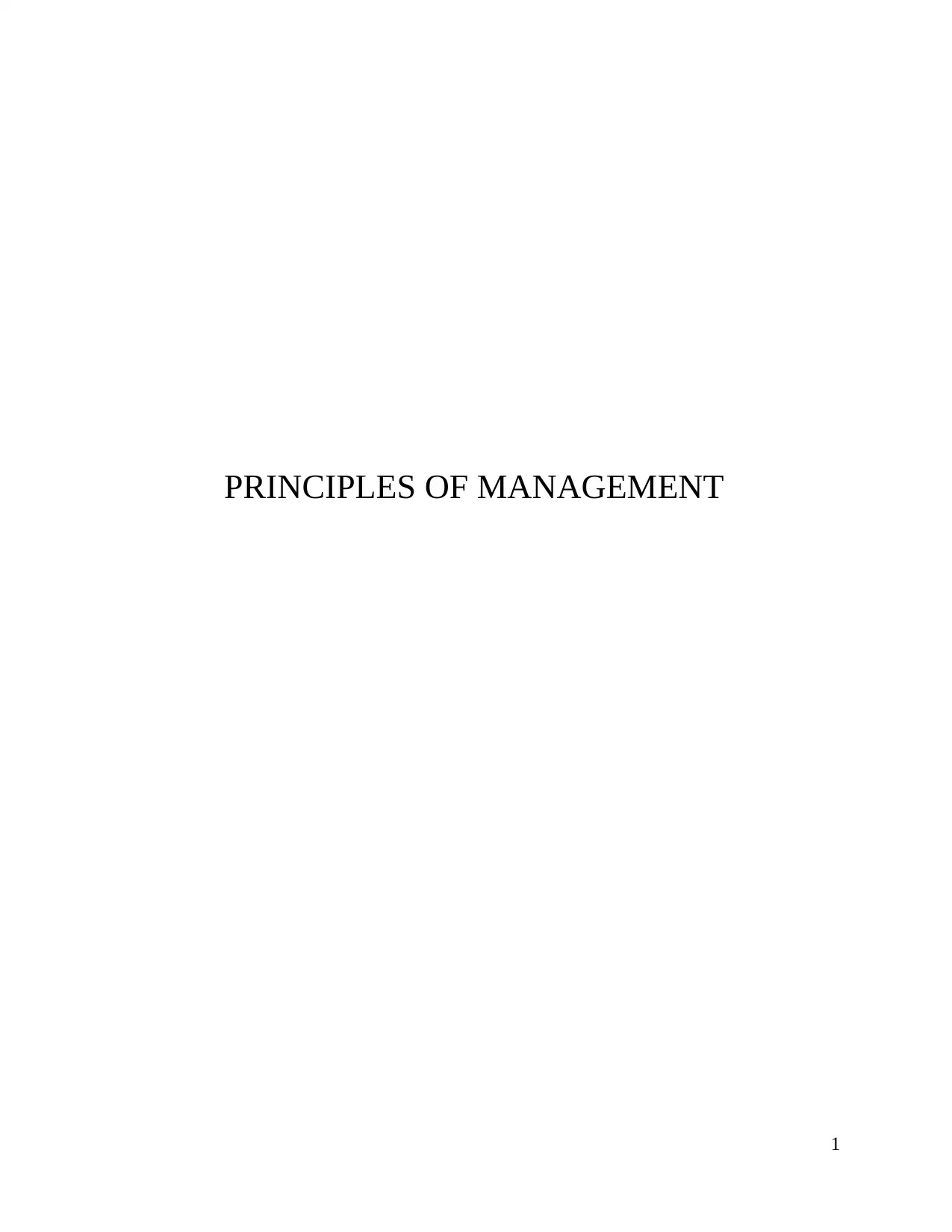
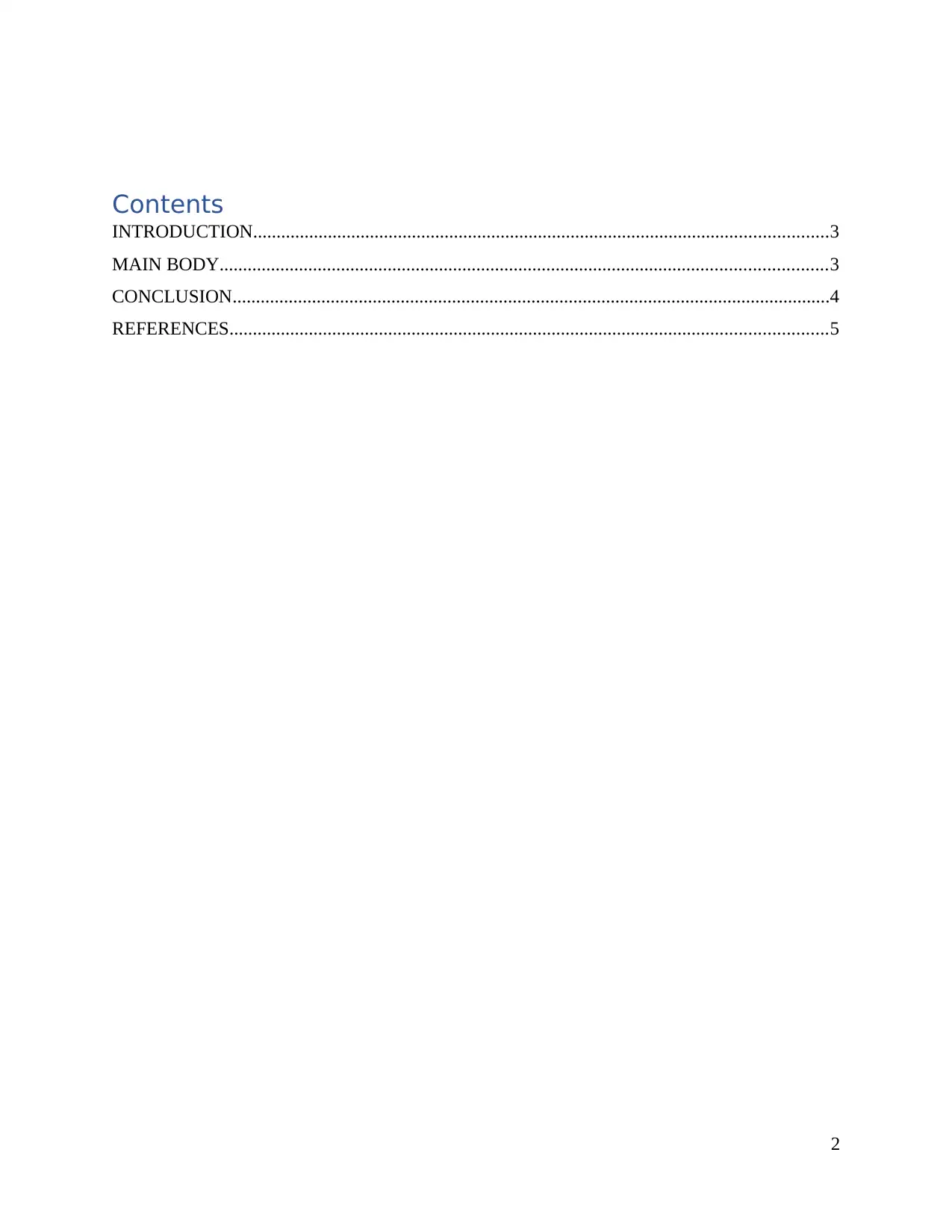
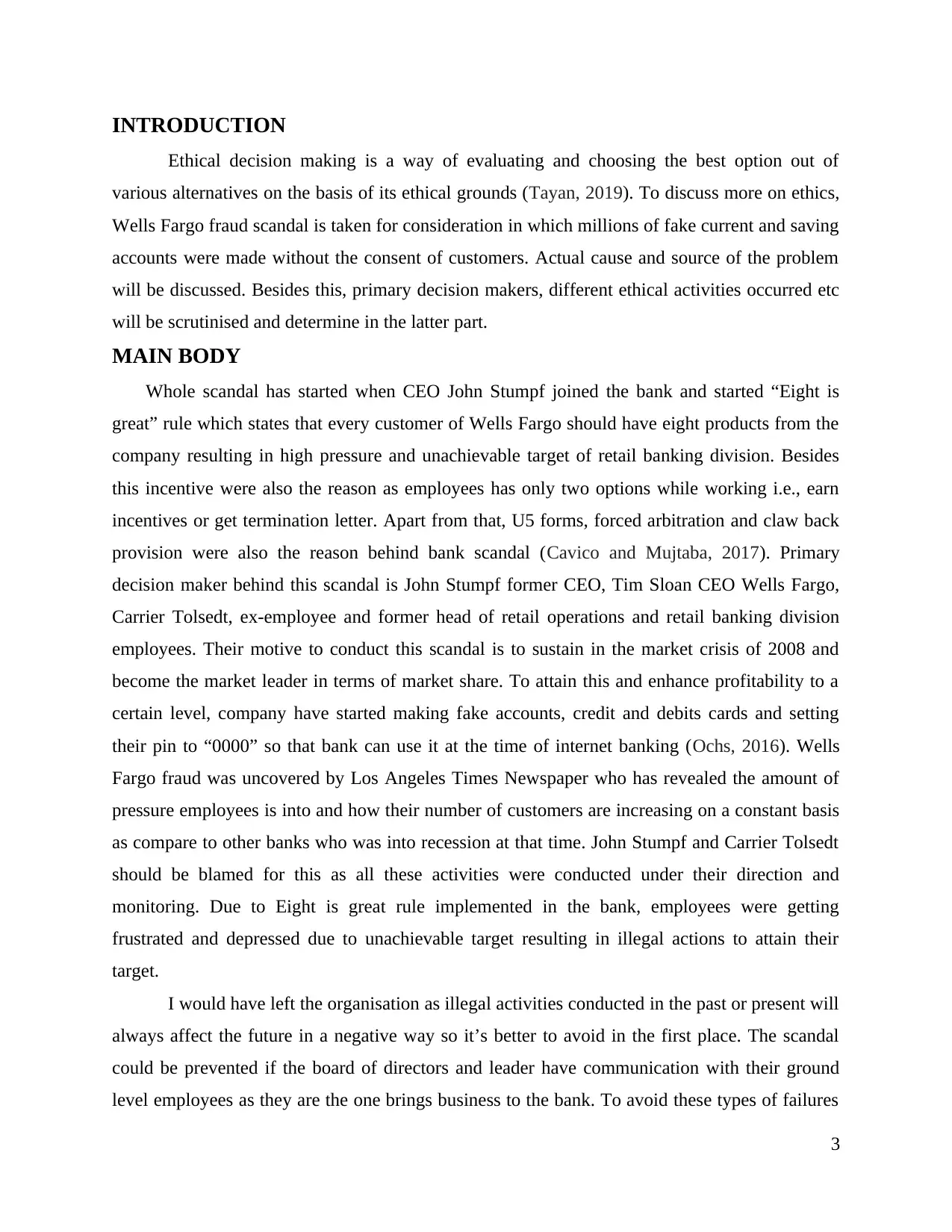

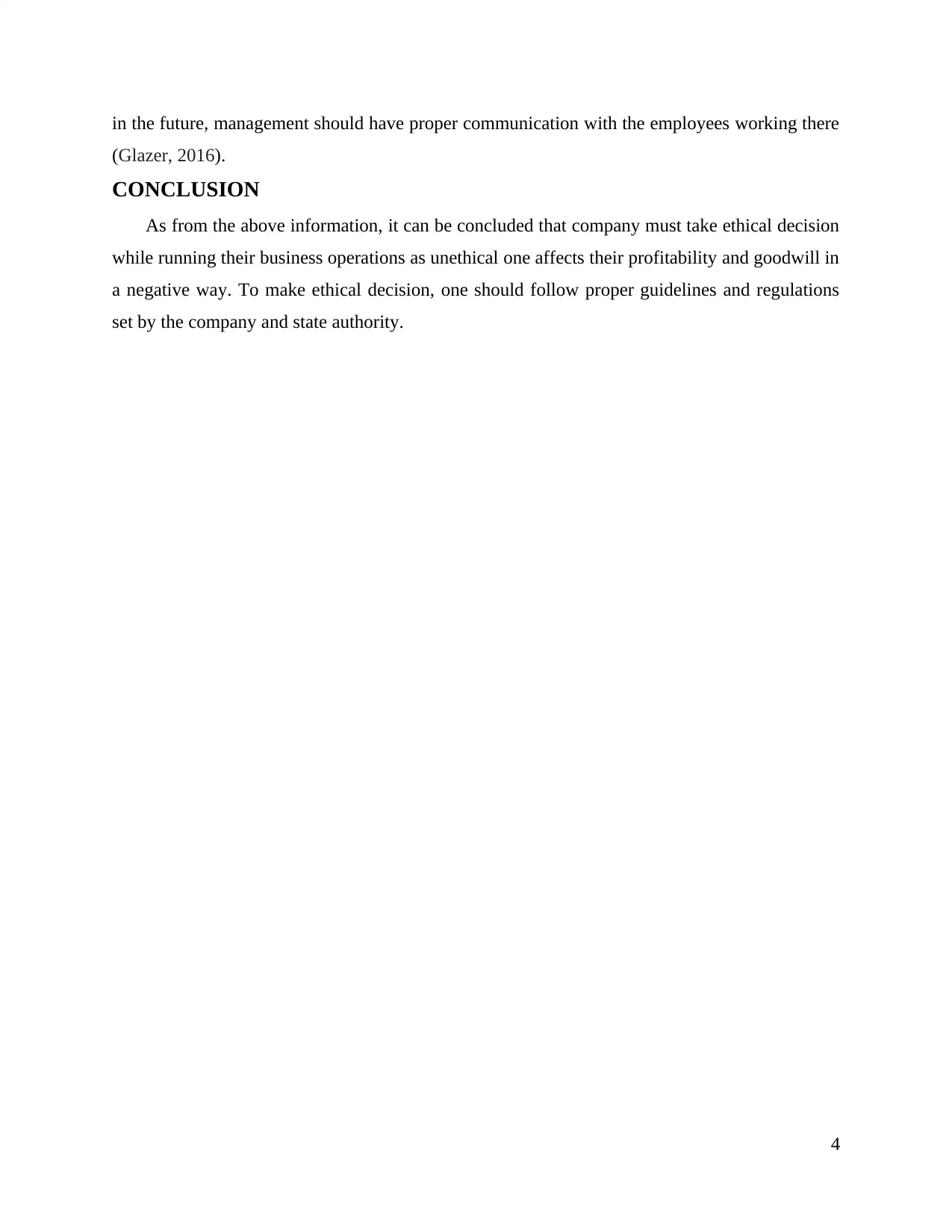
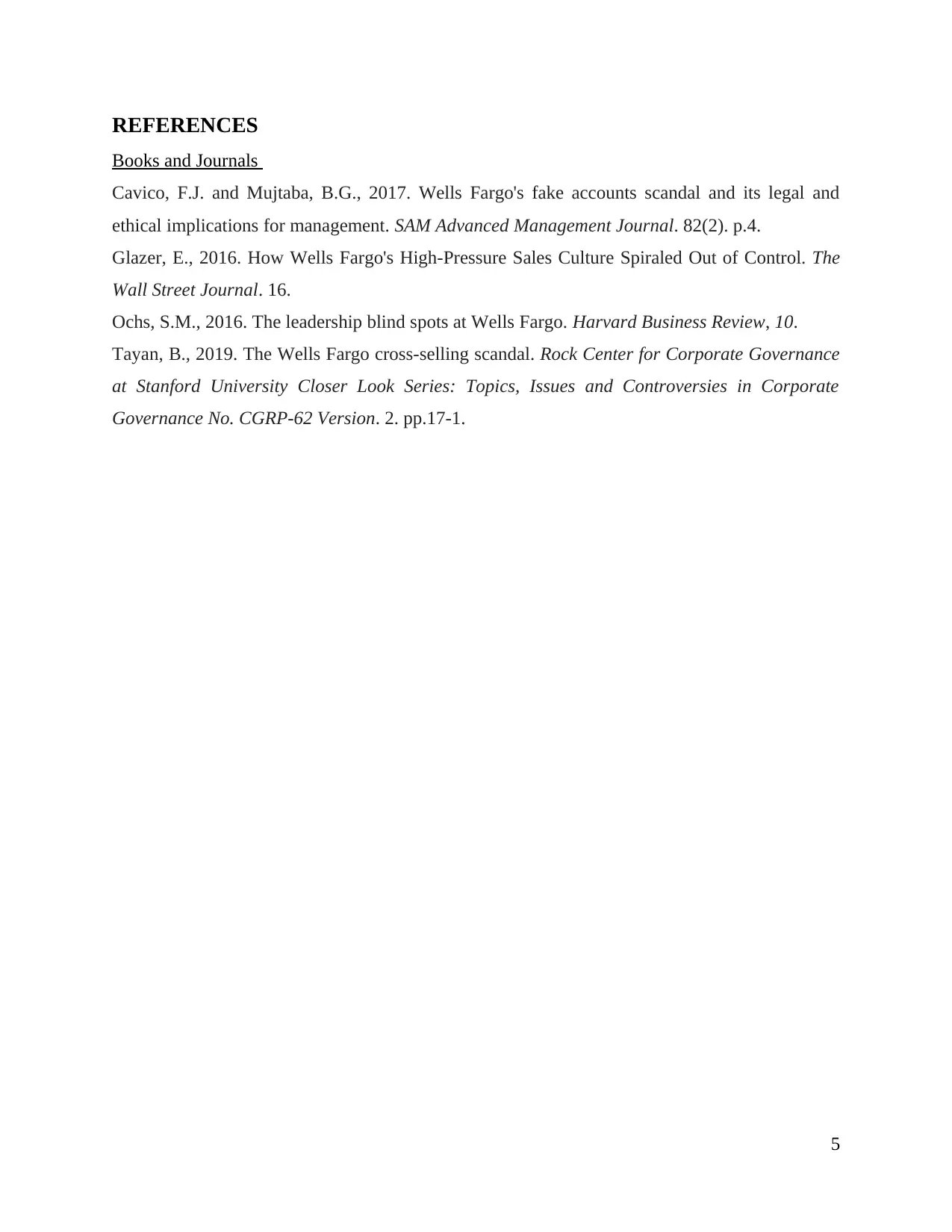




![[object Object]](/_next/static/media/star-bottom.7253800d.svg)